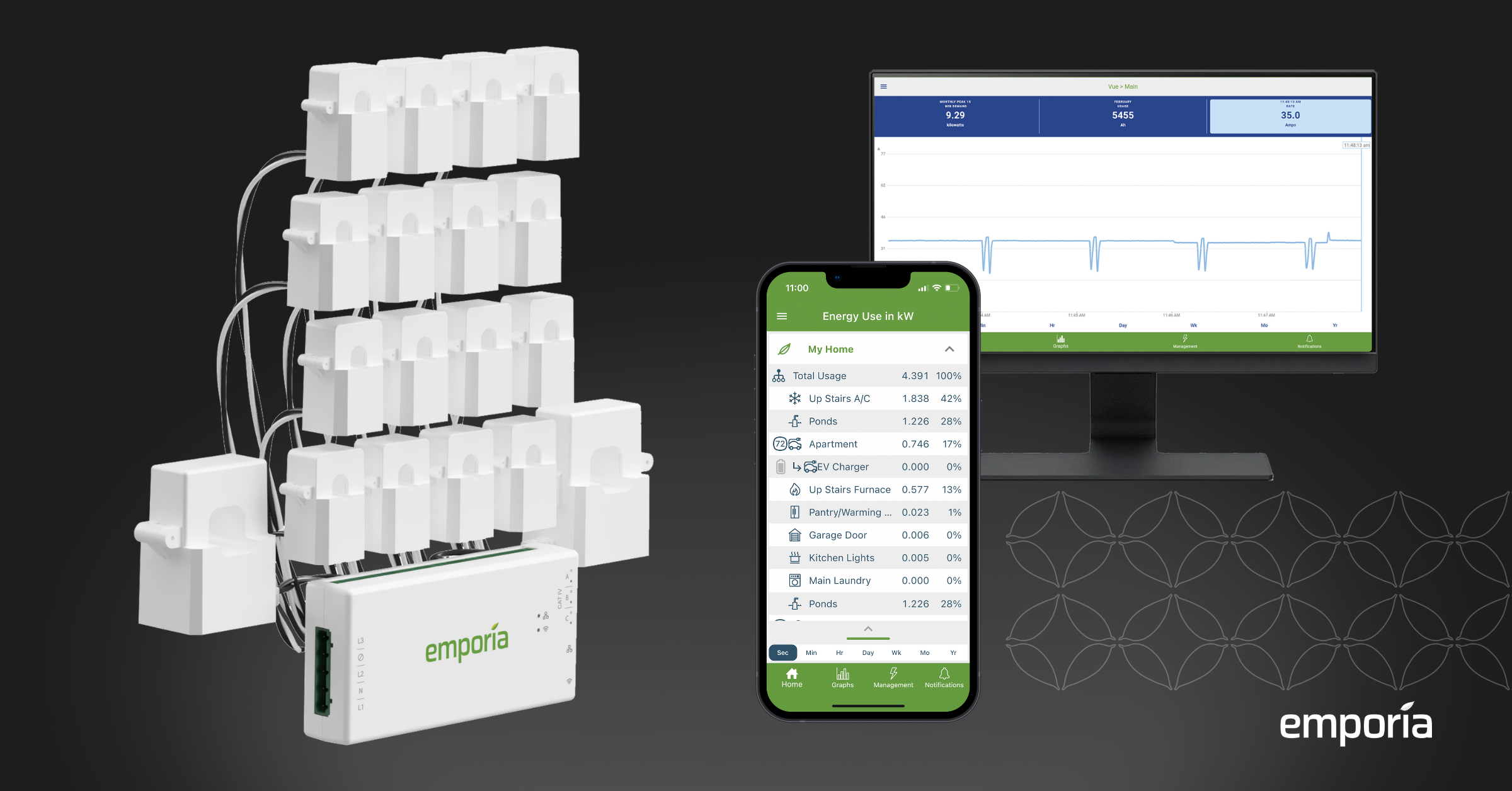John Frum
Tell me your problems
- Joined
- Nov 30, 2019
- Messages
- 15,233
Have a look at something like this

 www.emporiaenergy.com
or similar.
www.emporiaenergy.com
or similar.
See my signature for a useful tool to help with the energy audit.
We can't do it for you.
Besides this is the DIY site .
.

Vue Energy Monitors - Emporia: Revolutionizing Home Energy
Turn insights into savings. Connect an Emporia Vue Energy Monitor directly to your circuits to automate, manage, and control your home’s energy.
See my signature for a useful tool to help with the energy audit.
We can't do it for you.
Besides this is the DIY site


